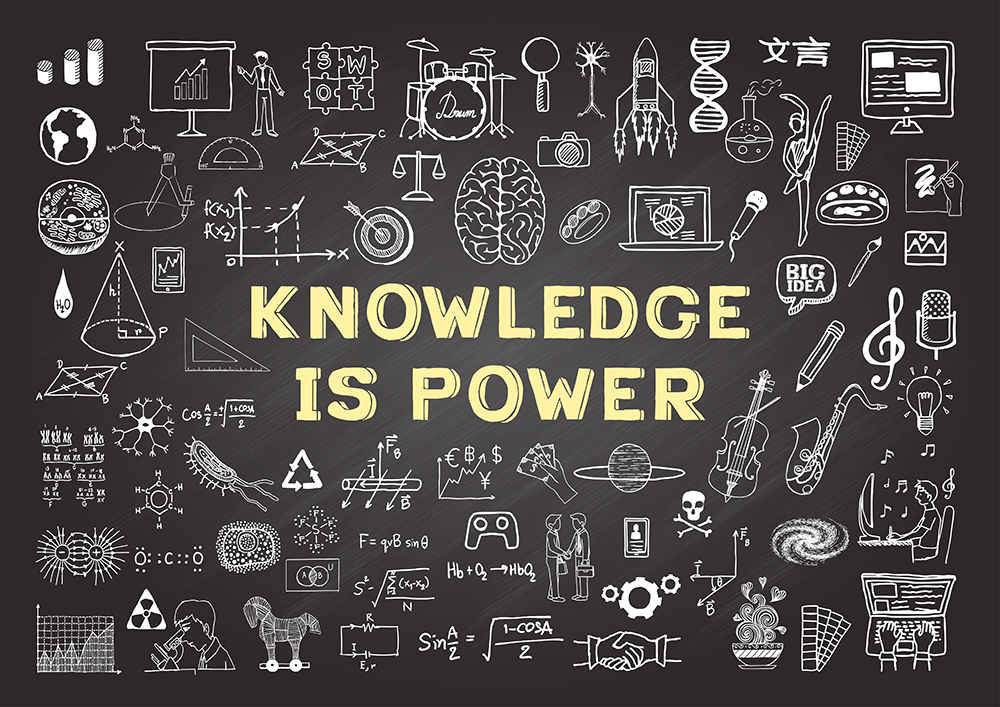Why I Never Had a Spinal Fusion: A Retrospective, 10 Years Later
Written by |

The first and last time I consulted an orthopedic surgeon, I was told I had a 50-50 chance of surviving a spinal fusion.
“Her lung capacity is 24% at its highest,” the surgeon told my parents. Their faces fell. I could sense their apprehension.
“Of course, if we don’t operate on your daughter, her kyphoscoliosis will eventually compress her lungs, and her life span will be much shorter. But I don’t know what will happen if we put her on invasive ventilation and anesthesia. You’d have to prepare to say goodbye to her the moment she goes into the operating theater,” the surgeon added.
My parents asked me if I wanted to take the risk. I must have been 11 or 12 at the time — too young to have to deal with a life-or-death situation.
I looked at my parents and saw all the love they had for me. I had a little brother I would do anything for at home. I didn’t want to say goodbye to them. So I said no, my voice small and uneasy.
“Tell you what,” the surgeon continued, “I’ll consult with my mentor and get back to you.”
The surgeon never got back to us. My parents and I assumed it was because surgery just wouldn’t be possible for me. Time went on, and my curvature worsened. Eventually, I developed chronic neuropathy in my scalp and face, and more recently, in my back, legs, groin, and left arm.
What we didn’t know at the time was that it was possible to boost my lung capacity simply by doing breathing exercises and changing my BiPAP settings. We weren’t aware that we should have gone back to my pulmonologist. No one told us. Nor were we told I would develop chronic neuropathy, or that we should have consulted an anesthesiologist.
Singapore, where I live, is a small island with a small population. People with SMA are rare. Doctors familiar with the disease are rarer. The perception that SMA patients won’t live past childhood is so ingrained that adults with SMA are often referred back to the children’s hospital. Thus, there would’ve been a large gap of information for both adult patients and doctors regarding potential complications and what our options were in a case like mine.
However, information is critical for people with rare diseases. Not having a full picture of what my future might look like cost me my health. It has cost my family and friends time with me. Had we known what we know now, my parents and I might’ve chosen differently.
More than a decade later, other adults with SMA would inform me that a successful surgery with a lung capacity in the mid-20s is possible, despite the high risk. I would learn about different types of general anesthesia, like ketamine, which wouldn’t have had a heavy impact on my respiratory system.
They would also tell me that growing rods could have been placed in my spine as soon as I developed kyphosis, and that the rods wouldn’t prohibit my growth, contrary to what my parents were taught, which was that we ought to have waited until I presented with scoliosis to undergo a full spinal fusion, as the procedure would stop me from growing.
Sadly, it’s a decade too late.
Though I acknowledge guesswork is sometimes all we have when treating rare diseases, we must recognize that if we do not thoroughly explore our options and consult with patients, experts, and research, people like me will be harmed in the long run.
I can recall at least two other occasions when my dad, a naturally easygoing man, lost his temper at my doctors for feeding me medication without certainty that the drugs would help me, and without explaining their side effects. Their reliance on guesswork and the lack of information provided to me meant my hospital stays would be longer than they needed to be.
The one silver lining in all of this is that somewhere, there may be another 12-year-old out there with a low lung capacity contemplating surgery. They or their parents may stumble upon this column in their hunt for information. Or perhaps their surgeon may point to it. And while I don’t wish to offer medical advice, at least they might have a clearer picture of the possibilities after reading of my experiences.
***
Note: SMA News Today is strictly a news and information website about the disease. It does not provide medical advice, diagnosis, or treatment. This content is not intended to be a substitute for professional medical advice, diagnosis, or treatment. Always seek the advice of your physician or other qualified health provider with any questions you may have regarding a medical condition. Never disregard professional medical advice or delay in seeking it because of something you have read on this website. The opinions expressed in this column are not those of SMA News Today, or its parent company, Bionews, and are intended to spark discussion about issues pertaining to spinal muscular atrophy.







Leave a comment
Fill in the required fields to post. Your email address will not be published.